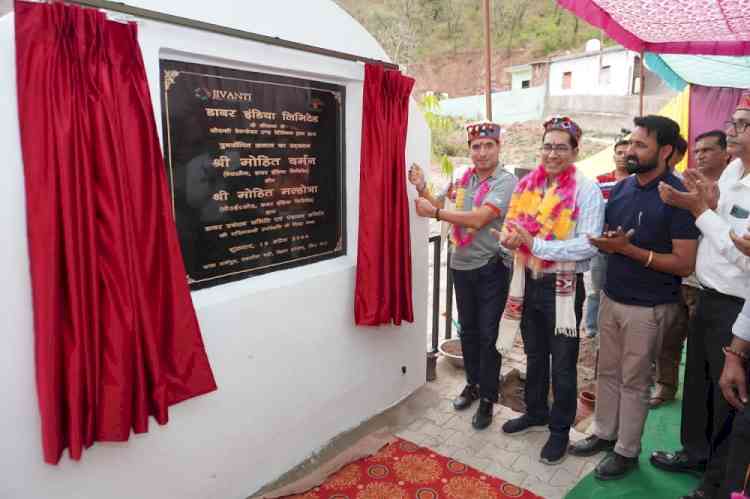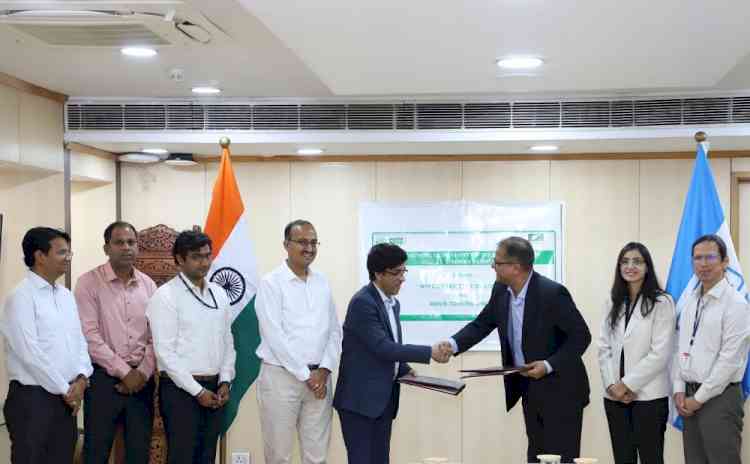Despite ban, mining deposits continue to pollute Goa's water: CAG report
Panaji, July 26 (IANS) Two reservoirs, including Goa's largest water catchment facility that caters to more than half a million residents, are choked with manganese-laced mining deposits, according to the latest Comptroller Auditor General...

Panaji, July 26 (IANS) Two reservoirs, including Goa's largest water catchment facility that caters to more than half a million residents, are choked with manganese-laced mining deposits, according to the latest Comptroller Auditor General (CAG) report.
The report, which was tabled during the monsoon session of the state assembly, claims that the manganese content in the water of the Selaulim reservoir, which is ringed with mines, many of them illegal, had manganese content which is "ten times higher than the acceptable limit".
The report has also said that mining activity upstream of the Khandepar river, which feeds the Opa water treatment plant located 25 km from here, was decreasing the effectiveness of the facility.
Commenting on the quality of water at the Selaulim reservoir located 50 km from Panaji, the CAG report says: "The manganese detected in the treated water ranged from 0.09 per mg per litre which was 10 times higher than the acceptable limit."
The report also notes that "manganese deposits in the Selaulim dam water has been one of the major constraints faced by the department (Public Works Department) in the Selaulim water treatment plant".
Although mining has been banned in Goa since 2012, the CAG report, quoting reports from the PWD, says that "manganese deposit in the dam water was due to concentration of many mining activities in the surrounding catchment areas of the dam as the mining dumps percolate to the dam water during monsoon and remains in the water in soluble condition".
The CAG report has called for immediate action to ensure that the water treated at Selaulim conforms to acceptable standards.
Spread over 24 sq km, the Selaulim reservoir caters to nearly half of Goa's population in South Goa district - nearly 600,000 - and also provides water to parts of North Goa.
The report also blames mining in the vicinity of the Khandepar river area for constant below par functioning of the water treatment plant at Opa village located on the river bank.
"Mining in the upstream area of the Khandepar river also resulted in increase in the turbidity of the water, causing choking of the sand filter beds. This increases the treatment time due to frequent back-washing, excess pumping of raw water and thereby decreases efficiency of the treatment plant," the report says.
(Mayabhushan Nagvenkar can be contacted at [email protected])

 cityairnews
cityairnews 

















